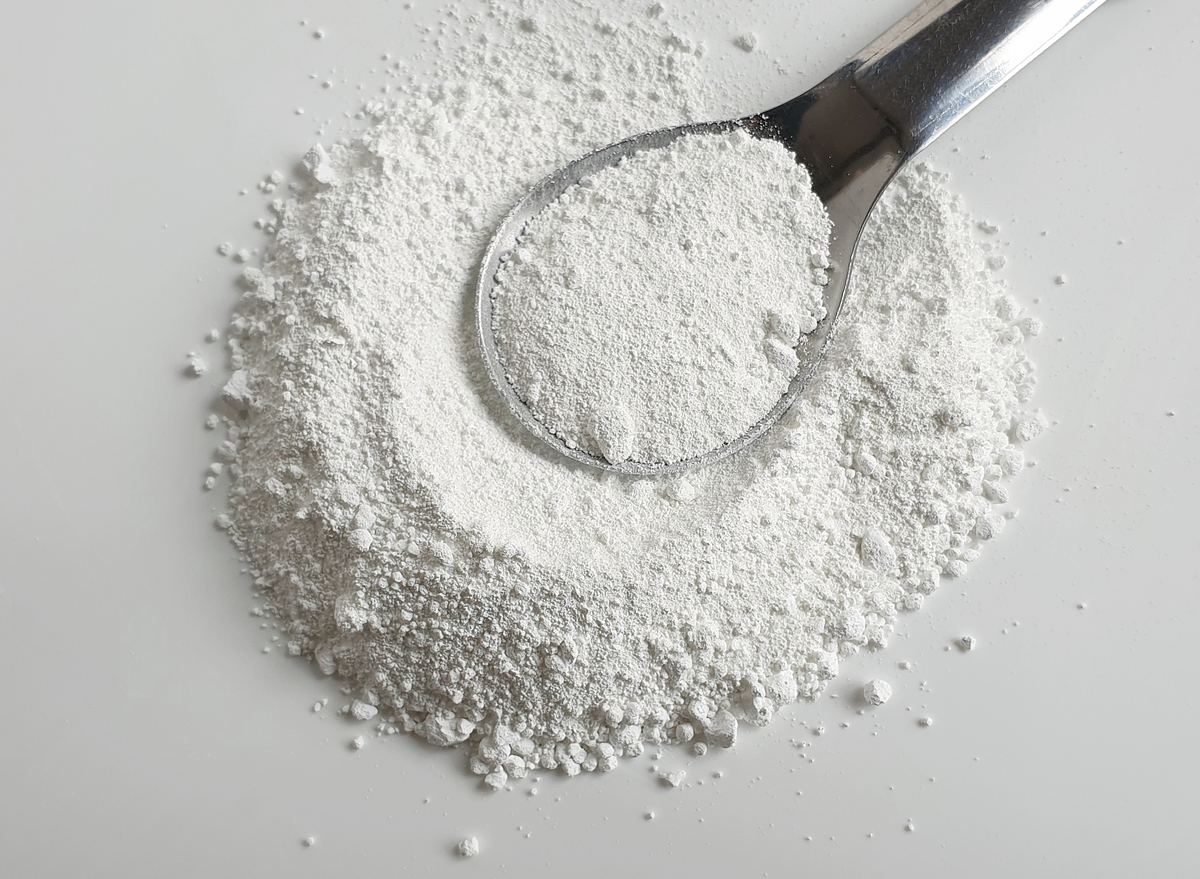The titanium dioxide pigment sometimes referred to titanium white or Pigment White 6(PW6) is a market famous. This is particularly true in the fields of rubber and plastics, paints and paper. The versatile chemical, adored for its stunning white pigment is a key element in the transformation of raw materials into vibrant and attractive finished products. We will explore the wonders and uses of titanium oxide and also its manufacturing process, and how it influences diverse industries.
The Canvas of Titanium Dioxide – A palette of Possibilities
Titanium dioxide stands as an essential component in the creation of a multitude of products, enhancing the appearance and utility of the items we use every day. Pigment White 6 plays a significant role in the creation of paints. This vibrant transparent white color boosts the vibrancy and cover of both industrial and artistic applications.

In the industry of plastics titanium dioxide is a key component. It not only provides color, but also functions as a UV stabilizer that protects from the damaging effects of ultraviolet radiation. Its dual functions make titanium dioxide a vital component of many plastic products. They range from tough outdoor products to packaging materials.
The Manufacturing Alchemy of Titanium Dioxide Production Processes
Two methods are the mainstays in the production of titanium oxide, namely the sulfuric-acid method and the chlorination-acid method. Each method has its own unique details and functions, which contribute to the versatility of titanium dioxide across various industries.
Sulfuric Acid Method. This involves the reaction of ore that has titanium with sulfuric acids creating a titanium sulfate. The solution is then hydrolyzed to produce hydrated titanium dioxide. The product that is produced, after it has been calcinated, becomes fine white powder which is ready to be integrated into many applications, especially in the paper and paint industries.
The Chlorination Method contrast, the chlorination process utilizes chlorine gas to react with titanium-bearing ores to create titanium Tetrachloride. After a series of chemical reactions, titanium tetrachloride could be oxidized into pure titanium oxide. This method is prominent in the production of titanium dioxide for the plastics and rubber industries.
Titanium Dioxide Applications: Art and Science
Titanium dioxide is the most popular ingredient in the production of paints across all industries. The ability of titanium dioxide to provide a bright, white color, with great coverage which makes it a perfect choice for industrial and residential applications. The sparkle it imparts to the canvas is not just visual but also functional, increasing the lifespan of painted surfaces.
Shape plastics with radiant. In the world of plastics, titanium dioxide has a double purpose. Beyond its role as a pigment for white, it is also a UV stabilizer, offering essential protection against the damaging impacts of sunlight. It is therefore an essential component of the production process for outdoor plastics, as it helps to ensure that they maintain their structural integrity and appeal as they age.
In the paper business,, titanium dioxide helps to improve the whiteness and transparency of papers. The addition of titanium dioxide enhances the clarity and brightness of printed material. The use of titanium dioxide in the production of paper is more than aesthetics. It plays crucial roles in improving the overall quality of printed papers.
The rubber’s resilience and UV resistance: The rubber industry is benefited by the UV-resistant properties of titanium dioxide. Titanium dioxide is utilized in the production of rubber products exposed to sunlight which increases the quality and durability of rubber based items.
Titanium Dioxide: Beyond Pigment and its Invisible Effect
Although the influence of titanium dioxide is visible as a colorant, it’s much more than that. The capacity of this compound to increase the toughness, endurance, and long-term performance of materials in various industries makes it a nebulous but vital element in the quality and function of products at the end.
In the end titanium dioxide emerges as a significant substance and seamless integration into the fabric of multiple industries. It is known as Pigment White 6 and it gives a sparkling shine to canvases that are both artistic and industrial. The two processes of sulfuric acid and chlorination expose the alchemy that drives its creation, and provide the possibility of a variety of applications. The possibilities include enhancing the visual appeal of paints, protecting the plastics against UV radiation, brightening paper, or safeguarding rubber, titanium dioxide stands as a proof of the harmony of art and science in the industry of manufacturing. The brilliance it gives shines on the everyday, creating an array of products that have long-lasting impact and lasting radiance.
Leave a Reply